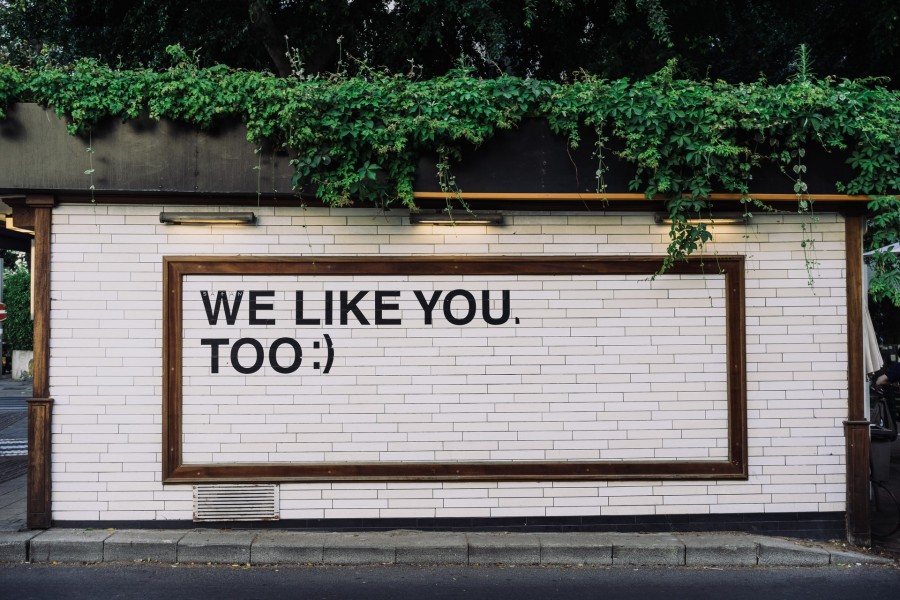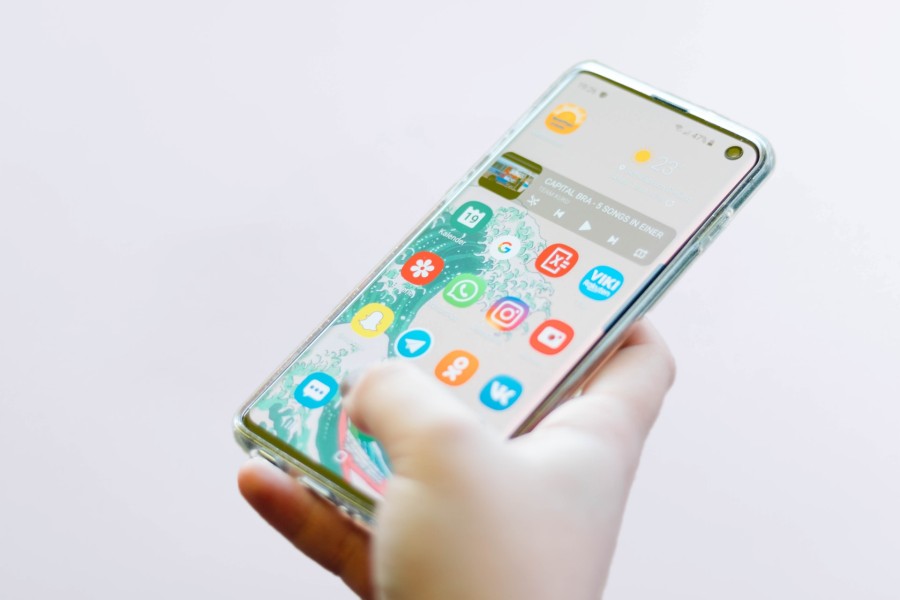When Snapchat started in 2011 it was initially seen as a place for kids to chat, post their selfies, and share video clips of trips to the beach. But things have changed. A Bloomberg report in June 2016 revealed Snapchat now has more daily active users than Twitter, and with Michelle Obama, Arnold Schwarzenegger, Lady Gaga, and now even Donald Trump all using the app, Snapchat is no longer the preserve of teens. So for those of us not in the know, what is Snapchat all about?
How Snapchat Works
Snapchat is basically a messaging app but it’s the ephemeral nature of the app that makes it different from any other. Snapchat opens in the camera, enabling users to take a “snap” (either a photo or video) and immediately send it to a friend. Once opened and seen by the recipient, the snap disappears within ten seconds. The recipient can choose to “replay” the image but can rewatch it only once before it expires. If the recipient wants to save a snap it’s possible to take a screenshot, but the sender will be sent a message to inform them that this has been done.
A Snapchat “story” is a series of photos linked together. Stories have a longer life than single snaps, but will still disappear after just 24 hours. Besides the ephemeral nature of the app, Snapchat’s enormous appeal for users lies in the potential to jazz up images in a number of creative ways. As with Instagram, users can add filters, but Snapchat also provides Geofilters — added text and cartoon images relating to a user’s location.
Then there is the option for users to add their own text, their own doodles, swap faces, add a customised animation —or a “lens” — so that a mouth emits a rainbow or confetti, or a face wears a mask. With this fun and creative side to Snapchat, it’s no wonder teenagers took to the app in their millions.
Who Uses Snapchat Today?
Snapchat reaches 41% of all 18–34 year-olds in the US, and more than 150 million people around the world use it every day. An astonishing 10 billion Snapchat videos are watched daily, and although the demographic is still young, more than half the users signing up to Snapchat are over the age of 25.

What are Snap Ads?
Snap Ads are ten second videos presented in a vertical format, so that users don’t have to tilt their screens. The ads appear between the usual Snap stories and on Discover (Snapchat’s curated news content). When Snapchat users watch an ad they have the option to “swipe up” and see more from the advertiser, such as a longer video, a website, an article, or an app install ad. Just like the other stories on the Snapchat app, Snap Ads disappear after a day. This creates a sense of urgency unique to the Snapchat app, making users feel they have to watch now, or lose the opportunity forever.
Who Advertises on Snapchat?
Advertisers on Snapchat include Coca Cola, Benefit Cosmetics, Gatorade, Vans, Ugg, Spotify, Trolli, Jameson’s, Burger King, Kraft, Michael Kors, and many more. Advertising campaigns reflect a range of creative ideas, including the following:
- To promote the movie The Secret Life of Pets, Universal Studios offered Snapchat users the chance to design their own pet (moji). After watching Universal’s ad, users could swipe the screen to open an interactive pet-builder. They could then send their customised furry friend to their contacts.
- In order to promote Pie Face — one of its most popular games — Hasbro devised a game inside a Snapchat ad. Users swiped the screen and were able to “pie” a range of characters, from Mr. Potato Head to Mr. Monopoly.
- On release of the movie X-Men Apocalypse, 20th Century Fox created nine mutant “lenses”, enabling users to transform themselves into characters from the series. Apart from the X-Men lenses, no other lenses were available to users on the campaign day.
What is the Potential for Content Marketers and Advertisers?
Advertisers are beginning to realise that the potential to reach a growing audience with visually creative content on Snapchat is huge. Snapchat runs a partner program to make booking advertising easier, and ad campaigns aren’t just for those companies with big bucks. There are several ways smaller companies can make use of Snapchat’s potential:
- Create an on-demand geofilter. The sponsored lens, as used by 20th Century Fox for the X-Men movie, would be out of the budget range for most companies, but an on-demand geofilter is affordable for most. MacDonalds ran the first sponsored Geofilter ad in June 2015, but companies and individuals can create their own geofilters and keep costs down by restricting their availability to a specific location, such as a trade fair or conference.
- Create a story linked to a particular event. Since stories are only visible for 24 hours, this makes them perfect for documenting an event such as a store opening, an exhibition, an outdoor display, or a book launch.
- Create an exclusive story. Give followers exclusive access to photos —of a new release, or of a product demonstration, or a tour around the company premises — and make them feel involved in the brand.
- Run a contest. Ask followers to send a snap of a specific item, or a doodle, or location, and offer a prize to the winner.
The possibilities for running a creative marketing campaign are endless. Advertisers just need to be aware that Snapchat is an informal platform. Ads should be innovative and fun, or risk losing credibility.

Conclusion
Although Snapchat is still primarily the preserve of younger people, it is growing at a phenomenal rate and is on a sharp rise. Whatever happens to Snapchat in the future, the app has brought about an innovative way of story-telling and, what is particularly remarkable, an audience who are willing to engage with advertisers on an unprecedented scale.

